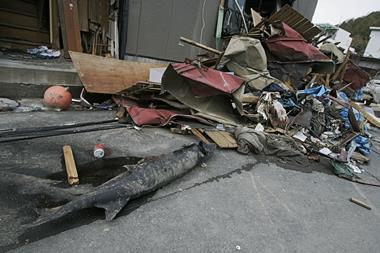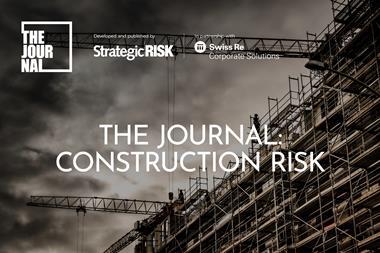Guido Benz, head of engineering and construction, at Swiss Re Corporate Solutions considers how technology is enabling more ambitious construction and engineering projects than ever before. Which in turn introduces new complexities and demand for new risk transfer solutions
Technology in construction - from 3D printing and additive technology to BIM modelling and robotics - has opened up a number of new possibilities in terms of how complex construction and engineering projects can be done. At the same time, these new approaches bring a massive amount of data and with it, additional challenges in terms of managing this data.
Recently we were working with a client on a major infrastructure development project which included significant tunnelling work in a major city. They are using BIM technology and one of the challenges they have been looking at is how to handle all the data they have during the planning stage.
In particular how did they make sure it was structured and managed effectively, across all the different interfaces so that all the parties involved in this multi-billion dollar project were linked into the system appropriately. By getting this right it means that any additional information that comes through is received in the right way and all the parties are updated when they should be.
Working in this way on major and complex infrastructure and urbanisation projects requires a whole new host of skill sets. These days, contractors and developers are undoubtedly operating in these more challenging environments than they would have done 20 years ago. Many of the projects taking place are technically very demanding in challenging environments.
From an insurance perspective that does mean that while you have more modern techniques, these challenges do need to be reflected from an underwriting perspective. The risk landscape is changing and issues that would been difficult questions in the past are now less of a concern, but now you have concerns such as cyber cropping up, due to the massive amounts of data being handled.
Overall, there has been a shift from tangible risks involving physical assets on site, to the intangible exposures involved in complex construction projects with a steady increase in loss severity. If something fails in a complex environment it can be a lot more expensive to put right than would have been the case in the past.
Are a result SRCS is seeing more demand for cyber and financial consequential loss products on larger projects. Managing the costs associated with running a highly complex project is a topic that crops up more and more in our discussions with clients. They want to have products in place to protect them against the costs incurred if a project overruns and is more expensive than they originally budgeted for. Or if they miss out on other business opportunities due to project delays.
If there is a financial component to a risk then it can be underwritten and some of that risk can be transferred to insurers. However, this also contributes to the severity of loss patterns that we see and requires some adjustment to underwriting models. At SRCS we look for an alignment of interests. There needs to be shared responsibility and we want to see some skin in the game.
Typically when we talk to clients working on major projects - which are often long duration PPP projects like Crossrail - they have a well developed risk management philosophy. They are dealing with restricted budgets and government subsidies and are very engaged in managing the risk of delay, which means we typically find a good common ground.




















No comments yet